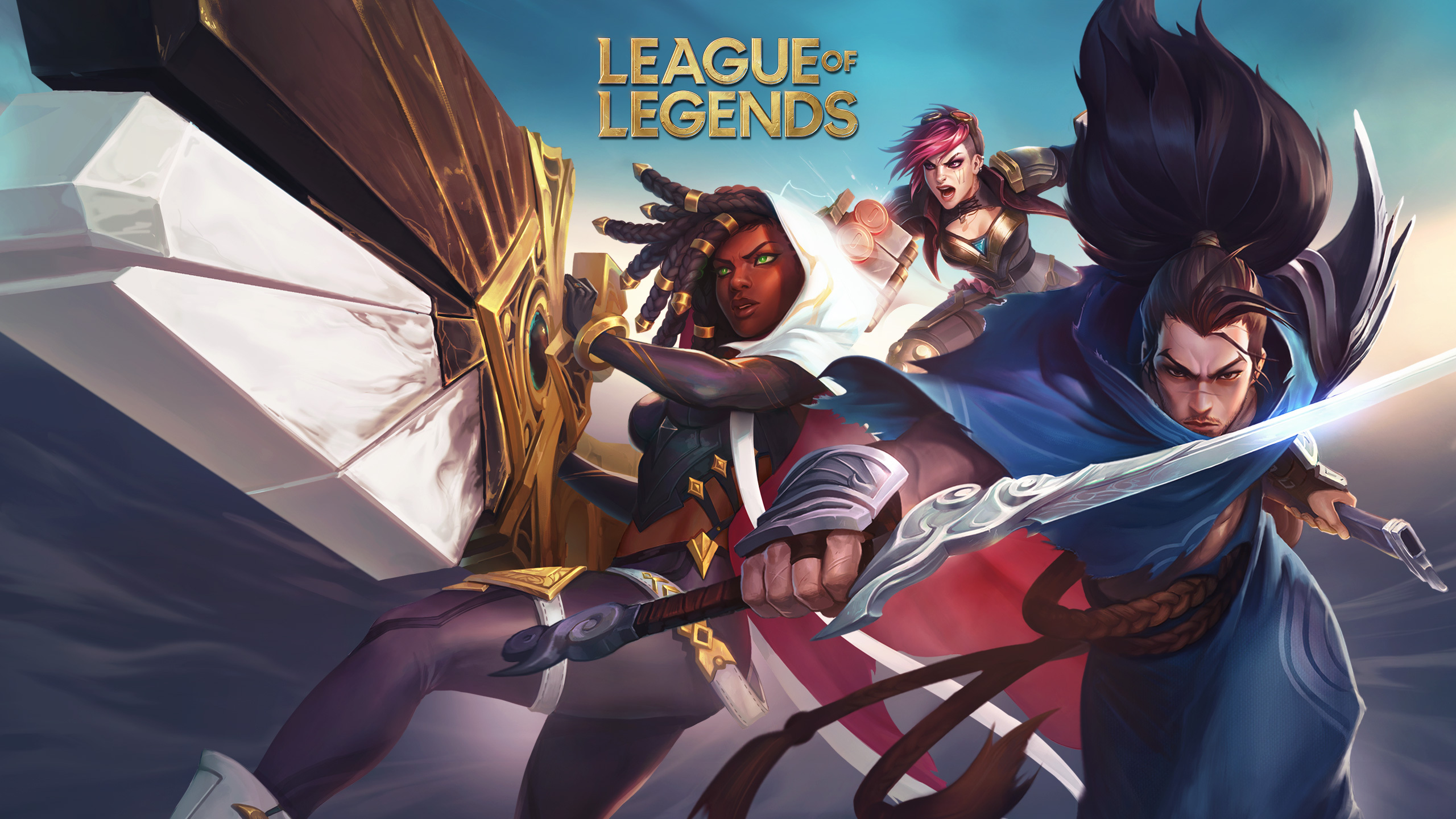What is League of Legends?
League of legends is a multiplayer online battle arena video game developed by Riot Games in 2009.
Games consist of 10 players, each player piloting a Champion. A champion may earn gold throughout gameplay and buy new items that enhance their performance. Gold can be earned by 1) killing or assisting in killing an opposing team’s Champion, 2) killing neutral and opponent’s minions (commonly referred to as creep score, “CS”), and 3) taking down neutral and opponent’s objectives.
Neutral objectives include: Dragons, Barons, Heralds
Opponent’s objectives include: Towers. Inhibitors
In its 12 years of history thus far, it has amassed around 180 million accounts worldwide and created a vibrant professional competitive play scene. Just this year’s Worlds Championship alone had a prize pool of over 2 million US dollars. Throughout its history of both casual and competitive play, we have seen a diverse range of player skills and championship results. This difference is usually attributed to differing play styles and team strategies. In the following analysis of over 9000 professional games in 2021 so far, we would like to present some insights


Welcome to Summoner's Rift - 2021 Pro League of Legends Visualizations
A colorized visualization of the League of Legends game icon, with each dot representing a game. The color of the dot corresponds to the most important factor in the team's victory. We can observe that towers and heralds seem to be significant factors in the outcome of a game.
Professional League of Legends is a vibrant and active world. Throughout its history, one region tends to do better than the others…
There are good teams and bad teams. Let’s explore some factors of the game that make this the case! In the beginning, all teams strategize by banning and picking champions to play. Hover for more details.
Looking at the pick/ban rates over the year, we see some champions spiked in only one or two months while others remained popular consistently.
Spikes in popularity are caused by patches, regular updates to the game that change how strong or weak champions are. This redefines the popular champions and play style, which players call the meta.
However, we see champions that remain consistently popular, such as Thresh and Lee Sin, generally share the trait of having high utility for the team, by providing ways to start fights (engaging) or protecting teammates (peel).
Here are some other factors that contribute to game win...
The in-game map is 2 dimensional. Teams pay selective attention to various areas of the map. Which areas are more important and why?
Using all games from the 2021 World Championship, the heatmap shows the relative density of kills in each area. More opaque color indicates higher density (a numeric scale corresponding to color is not shown since the numeric values are relative and normalized, so the specfici value is not very interpretable). The slider selects the portion of game time, normalized by game length.
Among the 3 lanes, the middle lane sees the most action. Selecting a small range on the slider, we see that as the game progresses, kills become less restricted to lanes and more focused on Baron (top left dark patch) and Dragon (bottom right dark patch). Since these 2 objectives strengthen the team considerably, it is expected that top teams in the world place such importance on them. Toward the game's end, kills become closer and closer to the opponent's base.
The drop down allows filtering by which side of the map and team is on: red (start at top right corner) or blue (start at bottom left corner). Interestingly, we see that the red side tends to get a little more kills in the Dragon area while the blue side tends to get a little more in the Baron area. This is likely due to the design of the map and placement of walls, that allow one team easier access to an area.
The 2021 professional games tell us that a good League of Legends team should:
Focus on team gold, farm, experience points, and kills, but more priority should be placed on gold in order to purchase items and strengthen champions.
Try to create a lead by 10 minutes, since team advantages usually heighten as the game progresses.
Focus on objectives (Dragon, Baron, and Towers) as the game goes on, and use map structures such as walls to the team's advantage.
Most efforts at pushing for Towers should be concentrated in the middle lane.
Data sources: